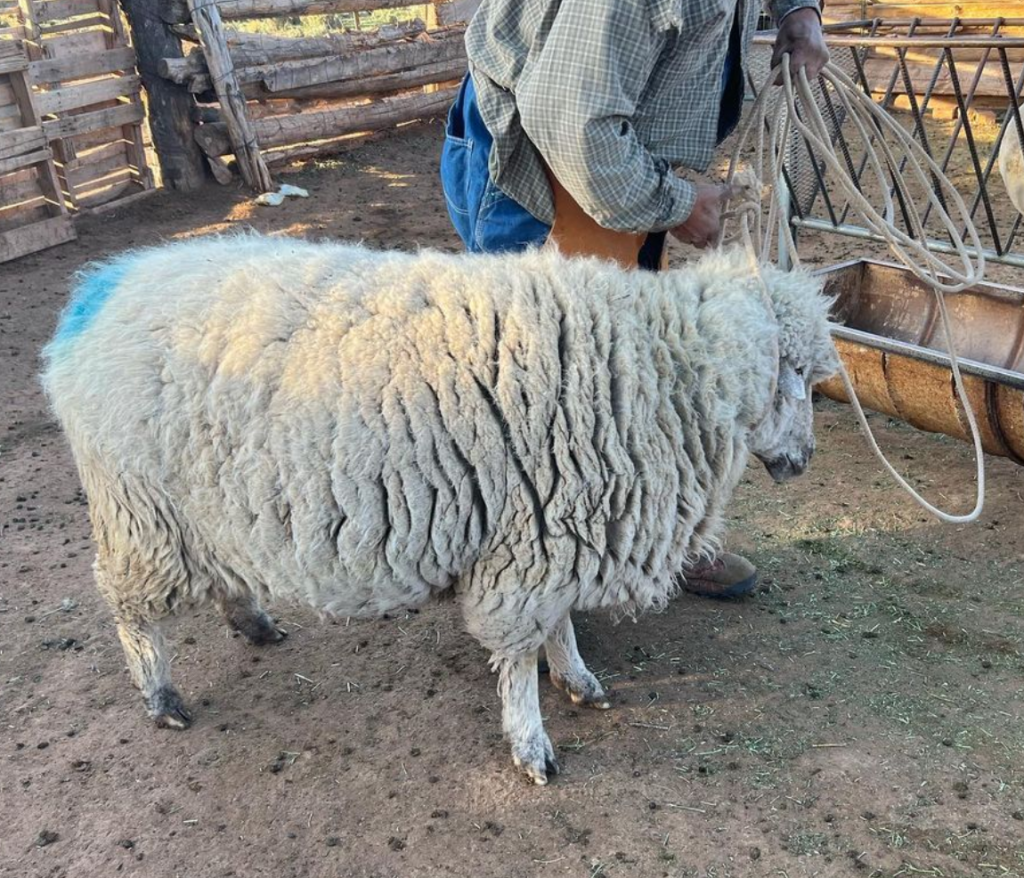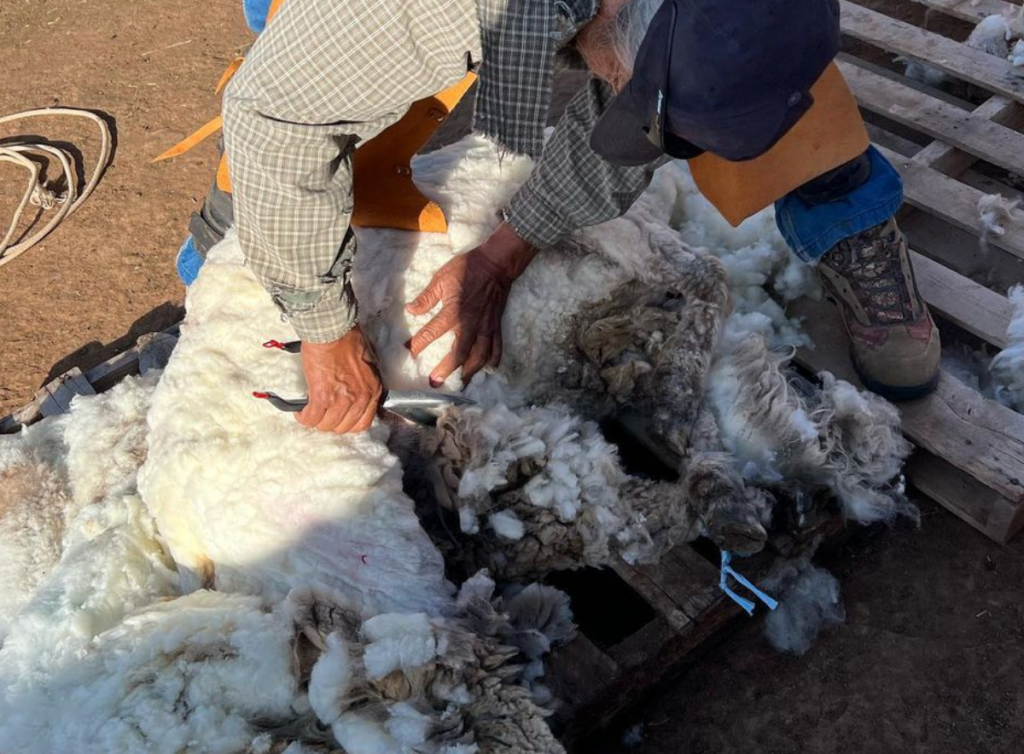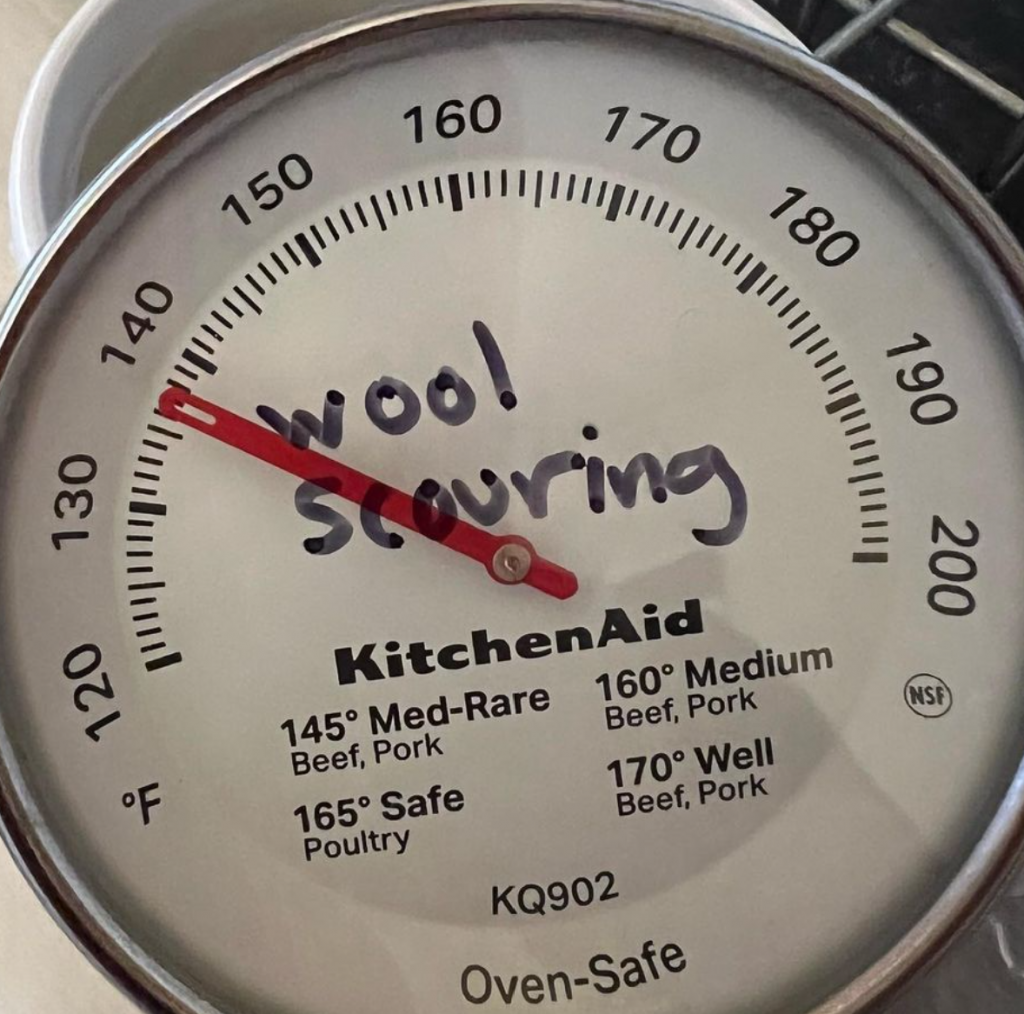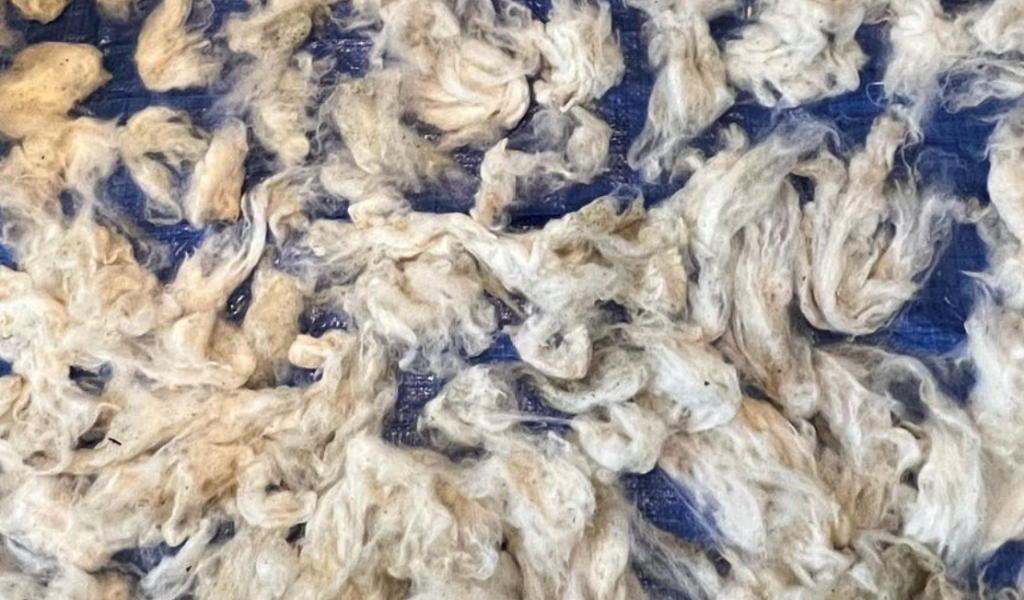These days, it isn’t every day Navajos work with raw sheep’s wool or even think about crafting with yarn to make something wearable. Though sheep and goats are the traditional and cultural animals most raised by my Navajo people and other tribes of the Southwest, fewer people farm animals than the previous generation. It’s still continuing in my family. Our grazing lands are near Navajo, NM where my grandma was born, in Twin Buttes. Our Making Camp Navajo character “Rose” is named after her!
Working with wool takes a heart of patience and an early night of sleep. Our family prefers to shear the sheep before they’ve eaten, so they’re more comfortable being rolled around on their sides for extended periods of time. At sheep camp, we couldn’t decide who to shear first, but luckily, Fuzzy volunteered. My mother likes to say that Fuzzy sometimes has an attitude with her, but today he was real easygoing. He walked right up to me and we decided he would be first.

Shearing
We used hand shears to clip off Fuzzy’s thick blanket of wool. It was slow, messy work. The waxy, yellow lanolin on the wool soon coated the shears, my hands, and the cuffs of my long-sleeved shirt. (It actually softened my hands!) The thick wool was matted in some areas. I could see that there were snarls of hay and weeds in the wool.

Skirting
We skirted, or sorted the wool as much as we could. I rejected the wool from the belly, legs and tail area while focusing on keeping the back, sides and shoulders. Even after skirting, there was still so much wool to take home just from one sheep.
My mom helped me skirt the wool some more after I got home. What were we looking for? Here’s a list of them. At this early stage, we only focused on the large, obvious bits to save time. The rest is dealt with in the scouring, carding, and spinning stages.:
Kemp: coarse, weak, short fibers
Neps: short, tangled fibers
Noils: Short, broken fibers
Second cuts: long fibers that were mistakenly cut in half during shearing
Vegetable matter: hay, leaves, sticks and grass
Scouring
When the wool was skirted, we washed as much as we could using five pound buckets of hot water and dish soap, which also helps degrease the wool. Though it was not as effective as a scouring detergent, regular dish soap did the job wonderfully by loosening most of the lanolin and dirt. Scouring uses a lot of scalding water, so I had to be very careful.


The raw wool is now ready for the next step, which is carding, and after that, spinning. Raw wool that has just been washed is laid out to dry on a tarp in my old bedroom-turned-pantry and office. It no longer smells like lanolin and Eau de Corral.
My relatives and I flopped down at the end of each day. My family in New Mexico works hard to keep the sheep flock going. After the gradual switch to breeding for wool, this is the first year I harvested the wool to use for yarn.
